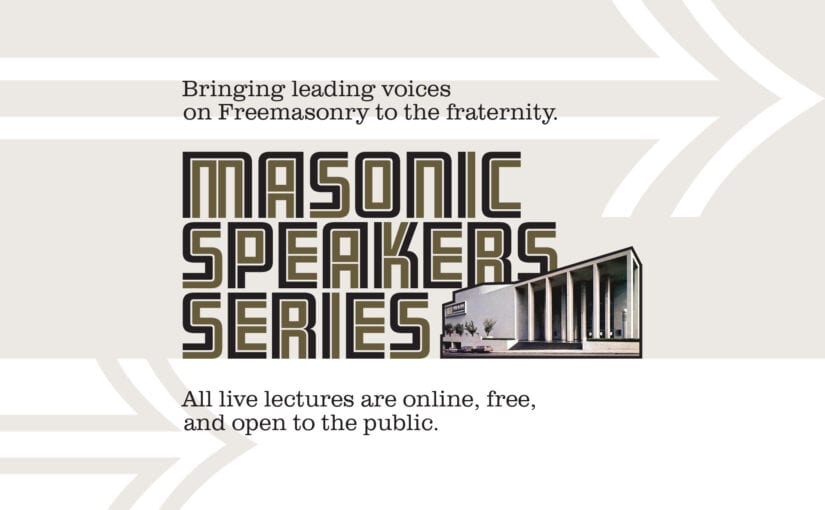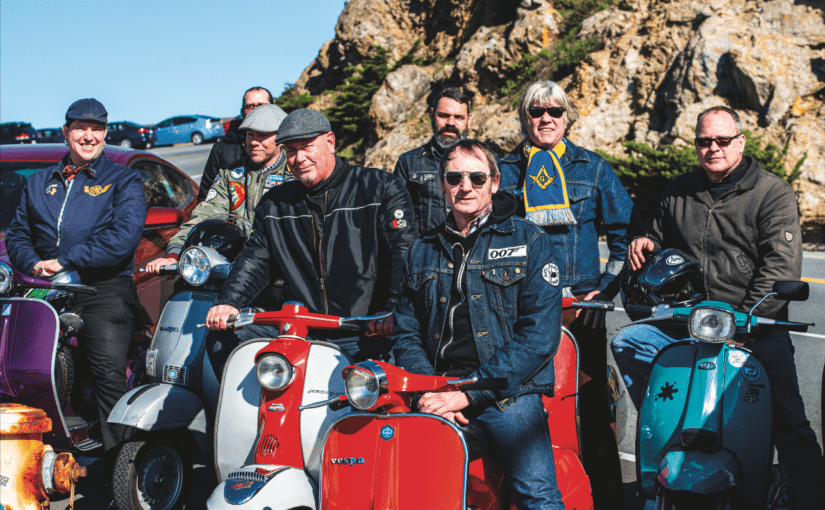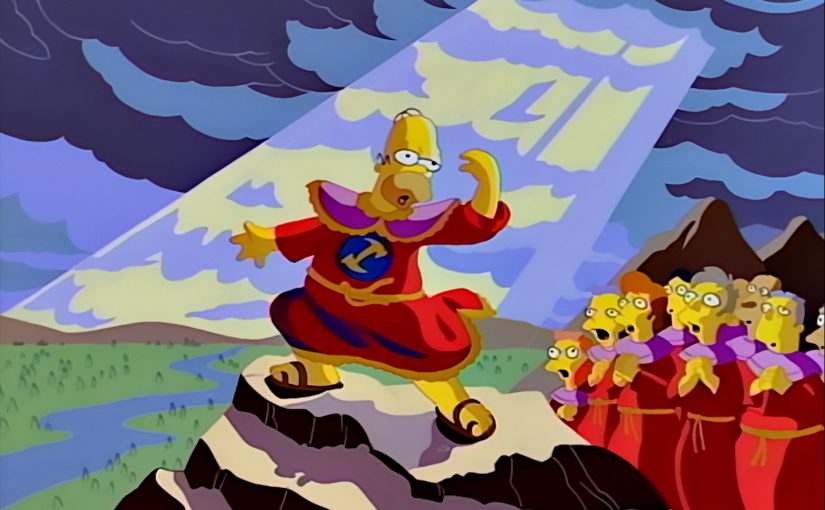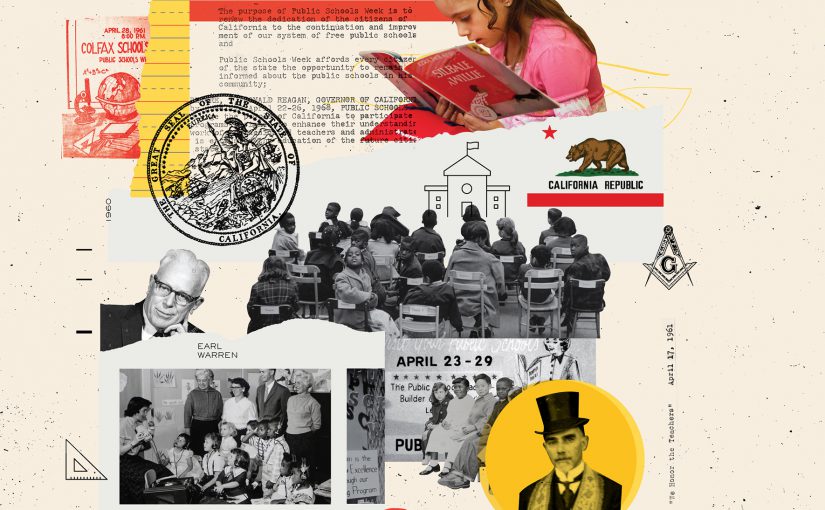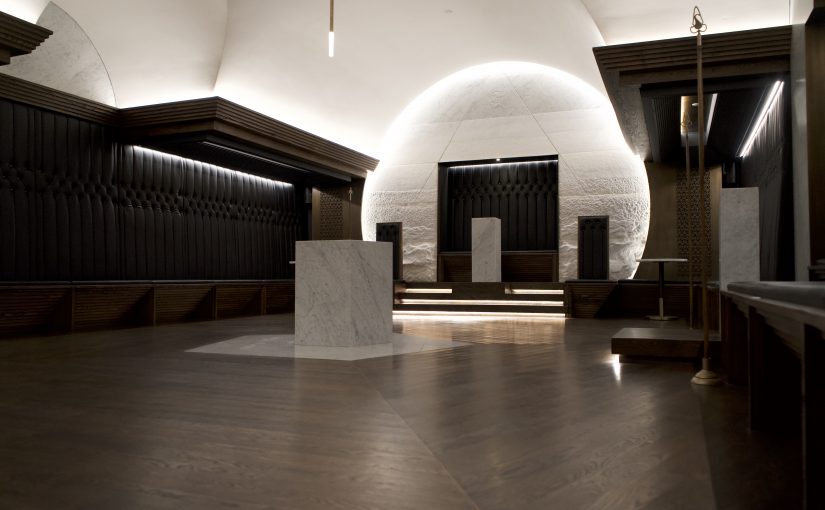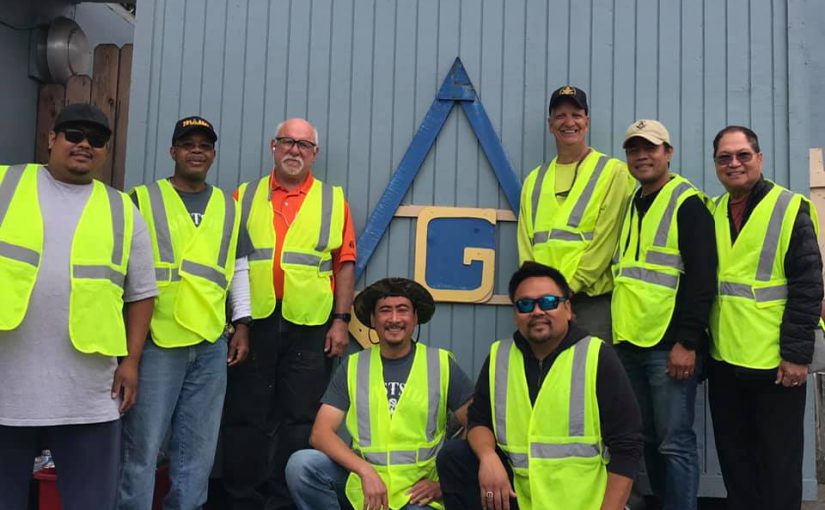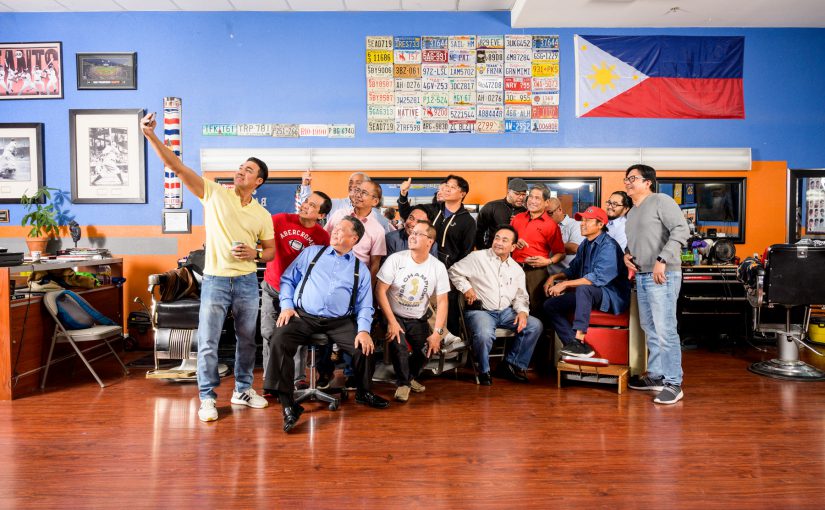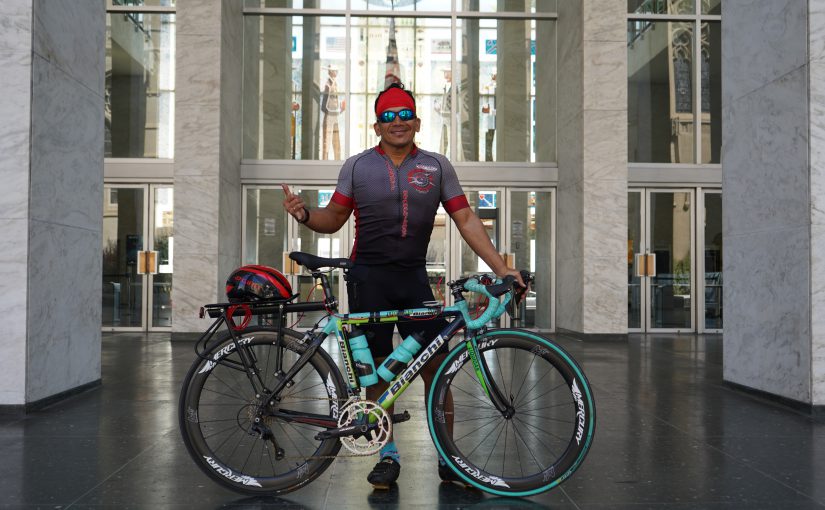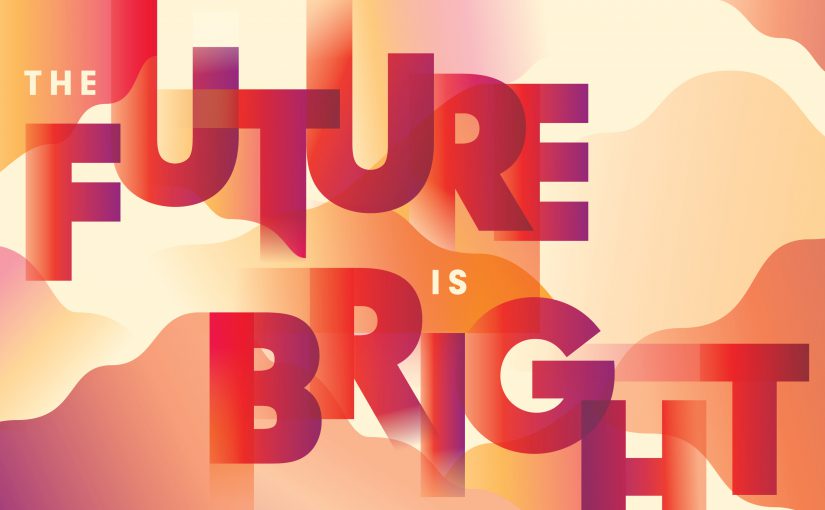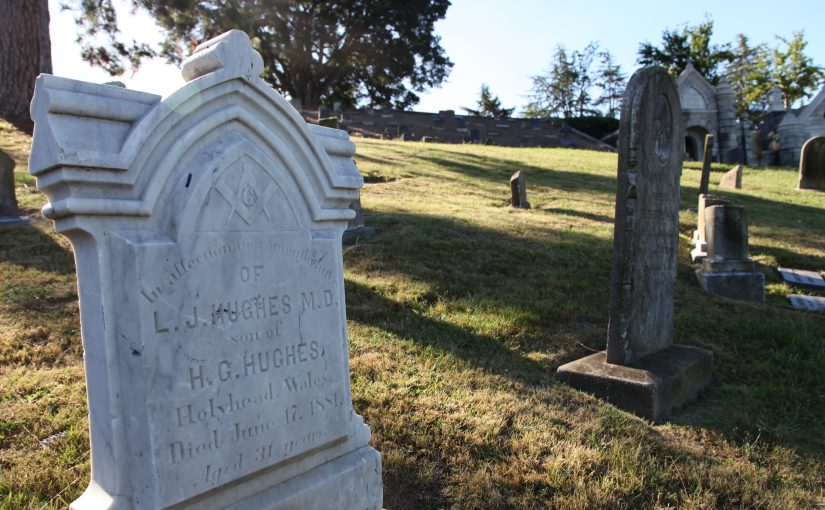Membership in the Masons of California was essentially flat in 2019. Compared with 53 years of contraction, that counts as a big deal!
As the fraternity embarks on a new decade and transitions from its 2020 Fraternity Plan to a master vision of 2025 and beyond, much of the invisible, back-end work to lay the foundation for long-term stability is nearly complete—leaving lodges more free to focus on the parts of Masonry that first attracted members in the first place. “This is Masonry, not small-business administration,” says Grand Secretary Allan Casalou.
The result is that for the first time since Bro. Lyndon Johnson was president, the state fraternity is poised to grow.
Learn more about the state of play in the 2019 Annual Report edition of California Freemason—a 360 degree overview of the present and very bright future of the fraternity, from the charitable work being done in lodges up and down the state to exciting developments on the campuses of the Masonic Homes to expanded relief operations launching in the Central Valley.
Also, search California Freemason‘s new digital edition for articles on your favorite topics, peruse past issues, and find the latest news from the fraternity all in one convenient place.

A few highlights from the Annual Report:
Annual Report 2019: The Future Is Bright
Careful planning and hard work have paved the way for the next stage of California Masonry: growth.
Special Delivery
The Masonic Outreach Service turns its sights on an underserved part of the state: the Central Valley.
Almost Home
The nearly complete skilled nursing and memory care building in Covina will allow those with specialized needs to stay close to their loved ones.
Family Matters
For the members of the youngest lodge in the state, American Canyon No. 875, Masonry is a multigenerational affair.
He’ll Never Ride Alone Again
A 500-mile bike ride showed the length one SoCal Mason is willing to go for charity.
Smashing Expectations
At Acacia Creek, rigorous research underscores a dynamic community culture.
And more!
The Forever Home: Freemasons Hall at the California Masonic Memorial Temple
Challenge Accepted: Lodges Step Up to the #BlueLodgeChallenge
Easy, Breezie: Putting High Tech in the Hands of Masonic Seniors
Have feedback you’d like to share, or a story idea we should check out? Email editor@freemason.org.
